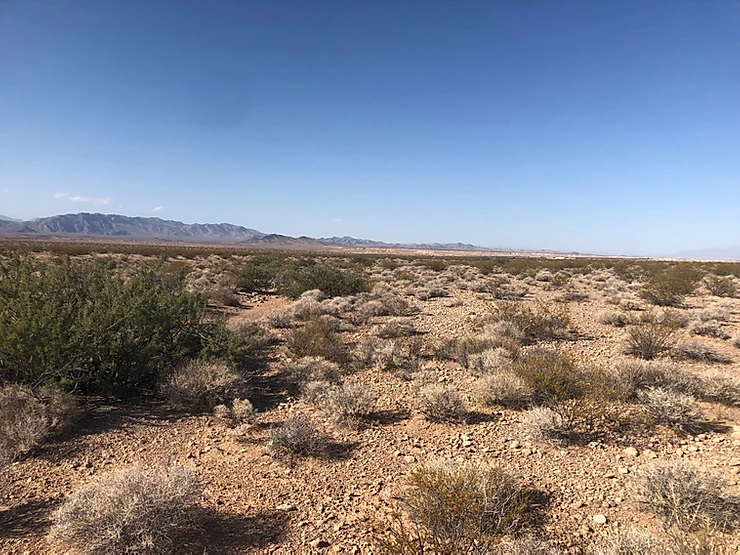PVTIME – Quinbrook Infrastructure Partners (“Quinbrook”), a specialist global investment manager focused exclusively on lower carbon and renewable energy infrastructure investment and operational asset management, is pleased to announce that the Bureau of Land Management (“BLM”) and the U.S. Department of the Interior (“the DOI”) have issued the final Record of Decision, signed by Interior Secretary David L. Bernhardt, for the $1.1 billion, 690 megawatt (MW) AC Gemini Solar + Battery Storage Project (“Gemini”) located in Clark County, Nevada.

This Record of Decision formally concludes the federal authorization and environmental review process for Gemini and is based on the Final Environmental Impact Statement (EIS) issued in December 2019 under the National Environmental Policy Act. The EIS evaluated the potential impact of the physical, cultural and human environments, discussed alternatives and mitigation measures and selected a preferred alternative for the project.
“We are very pleased to have reached a satisfying and final seal of approval from the Department of the Interior and the Bureau of Land Management so that we can now take Gemini forward with confidence,” said David Scaysbrook, Co-Founder and Managing Partner of Quinbrook. “This final decision officially clears the pathway for Quinbrook, and our development partners at Arevia, to accelerate completion of detailed project designs and procurement plans for one of the world’s largest renewables projects ever undertaken. Gemini offers the opportunity to showcase, at an unprecedented scale, what we believe to be one of the most promising technological advances in coupling battery storage to utility scale solar power to produce low cost renewable energy over the long term. Gemini will benefit all Nevadans by supporting jobs, stimulating the local economy and capturing the state’s abundant solar resources to deliver low-cost, renewable power to NV Energy customers.”
Added Scaysbrook, “Our partners at Arevia Power, Ricardo Graf and Mark Boyadjian, have done an absolutely outstanding job in navigating the various approval processes at a state and federal level to get Gemini successfully to this point. The process they devised and managed so effectively will serve as a model for the follow-on projects similar to Gemini we now have in active development together.”
Gemini is believed to be one of the largest projects of its kind globally, with plans to host 690MW of solar PV arrays located on up to 7,100 acres, coupled with the latest in battery storage infrastructure. The project—which is expected to exceed $1 billion in capital expenditure—will capture and store solar energy during the day and dispatch it during the early evening peak period when power demand surges in Nevada. The addition of battery storage to large scale solar generation will enable the long-term reduction of carbon emissions from existing power generation sources.
In June of 2019, Gemini signed a 25-year Power Purchase Agreement (PPA) with NV Energy, which means that all of the energy generated by the project will stay in Nevada and in December 2019, the Public Utilities Commission of Nevada (“PUCN”) granted approval of the PPA.
Once built and operational, Gemini is expected to help reduce carbon emissions by 1.5 million tons per year. Additionally, it is estimated that Gemini will support nearly 2,385 jobs during construction and add up to $463 million in economic development value to the Nevada economy. The Trump administration’s approval demonstrates its commitment to developing American infrastructure that is environmentally sustainable, and also demonstrates the value of the streamlined federal procedures that have been put in place over the last decade, including the Federal Permitting Improvement Steering Council and the One Federal Decision policy.
“Additional credit is due to the Department of Interior for their commitment to taking decisive action on Major Infrastructure Projects, including job-creating projects like Gemini,” added Scaysbrook. The approval of Gemini was supported in part by effective execution of Executive Order 13783 and Secretarial Order 3355.











